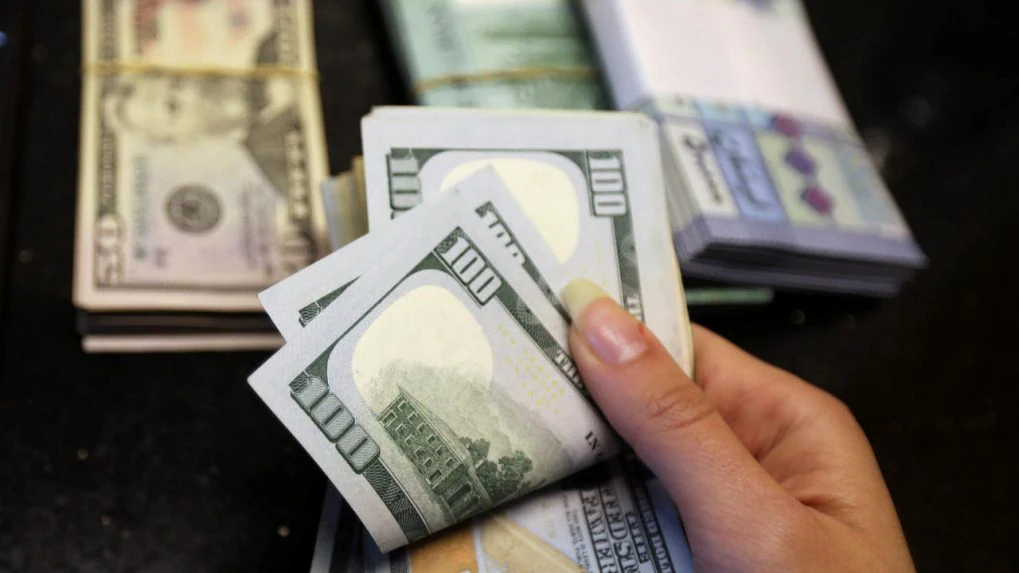- March 30, 2021
- Posted by: Amit Pabari
- Category: Currency

It has been said that “What is good for the US, is not good for the Emerging markets and vis-a-versa.” Higher U.S. growth prospects on Biden’s first direct stimulus of $1.9 trillion and now the second stimulus of a $3 trillion investment project on infrastructure could attract flows back into the US. Biden’s plans are suggesting higher growth, higher inflation and higher yield and this is pricing into future rate hikes. But central bank-Fed wants to remain behind curve and double-check before turning hawkish. The higher US bond yield and inflation are headwinds for the Emerging market central banks and hence they forcefully need to do rate hikes to control the flight of capital flows.
After Great Financial Crisis (GFC- 2008) – Fed had announced various unconventional monetary policy measures, widely known as Quantitative Easing by way of asset purchase (increasing money supply) to encourage investment and lending activity. This widened Fed’s balance sheet from $0.8 trillion in 2008 to $4.5 trillion in 2014. The tapering activity helped to reduce the balance sheet as low as $3.7 trillion by 2019. But, after COVID Pandemic- Fed had to again announce QE of $700 billion last March 2020 and $120 billion per month buying of treasuries and MBS. This stretched Fed’s balance sheet up to $7 trillion.
The impact of unconventional monetary policy during 2008 or 2020 was in favour of emerging markets and risk-on sentiment helped flows going into riskier assets like EM. This didn’t help US dollar much. On contrary, taper tantrum- 2013 and trade war 2018 was seen as a favourable point for the US dollar and outflow was observed from EM.
Let’s go through last year’s COVID scenario, then EM central bank was seen increasing the money supply in the respective country to revive economic restoration activity. In addition, the developed market’s loosening activities were also supporting EM equity and debt investments. But higher US growth prospect along with higher raw material cost and oil prices have increased fear of inflation in EM and hence, Brazil came up with a rate hike of 0.75 percent to 2.75 percent, Russia hiked by 0.50 percent to 4.5 percent, Turkey in ordinary case increased rate by 2 percent to 19 percent in March to keep real rates target a bit higher than Developed markets. The real problem with EM during 2013 was their lower foreign exchange reserves and large current account deficit. This time, some markets have already piled up reserves to combat the issue of a sudden tapering or contagion effect of “zero fear” into the financial market. India leads the league of piling US dollars with $127 billion in addition into FX reserves since Jan 2020. If we look at the current account deficit, then it is also under the control of the EM central banks.
The question is what could be a triggering factor for the EM outflow?
It could be due to a sharp jump in the US dollar index like 2017-18 and rising demand for the US treasuries. The reasons could be due to risk-on and risk-off both. Risk-on sentiment in the US due to higher vaccine rollout and Biden’s infra boost plan could help the dollar to strengthen and Risk-off sentiment due to higher commodity prices and lockdown fear in Europe, India and other parts of the region due to COVID variant could also increase demand for the US dollar. The technical chart clearly suggests whenever the dollar index rises, the emerging market index experiences outflow and the EEM index falls.
On the domestic front, India’s fundraising activity through IPO at a 13-year high with $2.2 billion in just 3 months of 2021. FII’s investment for FY 2020-21 worth $35 billion is the second-largest in India’s history after $45 billion in 2014-15. However, a notable point is India is FII’s debt outflow for the third consecutive financial year worth more than $6 billion. Further, after 2014-15’s stronger FII inflows, India had experienced outflows in 2015-16 worth $2.5 billion. So if FII follows this strategy and closes profit trades in the upcoming financial year then outflow can be observed.
Technically, breakdown on Emerging Market Index sets minimum 10% lower target on confirmation of the Head and shoulder and trendline breakdown. And hence, EM equities are open to fall further by a decade-percentage.
Conclusion:
On view front, following weakness in the EM currencies; Rupee could feel some hit but likely to remain above other peers. Having sufficient FX reserves covering up to 18 months of imports, a stable current account deficit and stronger inflows could be supportive for Rupee but a higher fiscal deficit target for FY 22 will not allow the Rupee to remain on extraordinary levels. The strong US dollar and weakness in EM markets & FX could lead to a reversal in the USDINR pair towards 73.50-74.00 in the near term. The immediate support for the pair lies near the 72.30-50 zone below which our competitiveness to EM could come under question.
Strategy:
Strategy for Exporters:
Thin margin exporters: The Agri and commodity exporters having new orders are suggested to sell near 73.25-35 levels for orders having costing below 72.70-80 levels.
Thick margin exporters: Thick margin exporters are advised to partially participate near 73.25-35 levels and wait for 73.70-80 levels with the stoploss of 72.80 on a closing basis.
Strategy for Importers:
Importers were already suggested to cover on dip till 72.30-40 levels for atleast 30-45 days. Those who didn’t hedge can look for pullback till 72.90-73.00 levels.
-Amit Pabari is managing director of CR Forex Advisors. The views expressed are personal.
Leave a Reply
You must be logged in to post a comment.






